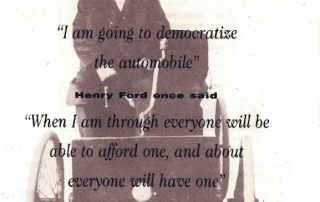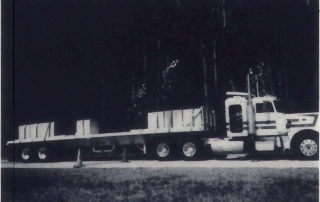Environmentally Benign Automobiles
Daniel Sperling,
Lee Schipper,
Mark Delucchi, and
Quanlu Wang
His dream has come true. There's now more than one vehicle for every licensed driver in the United States, and other developed countries are not far behind.
But has the car's success created the conditions for its own demise? Conventional wisdom of market researchers, consultants, and other experts is that the automobile and its petroleum-powered internal combustion engine will be with us for a long time and that any energy and environmental problems can be readily solved.
The automotive industry would very much like to believe that cheery prognosis - and perhaps it's correct.


